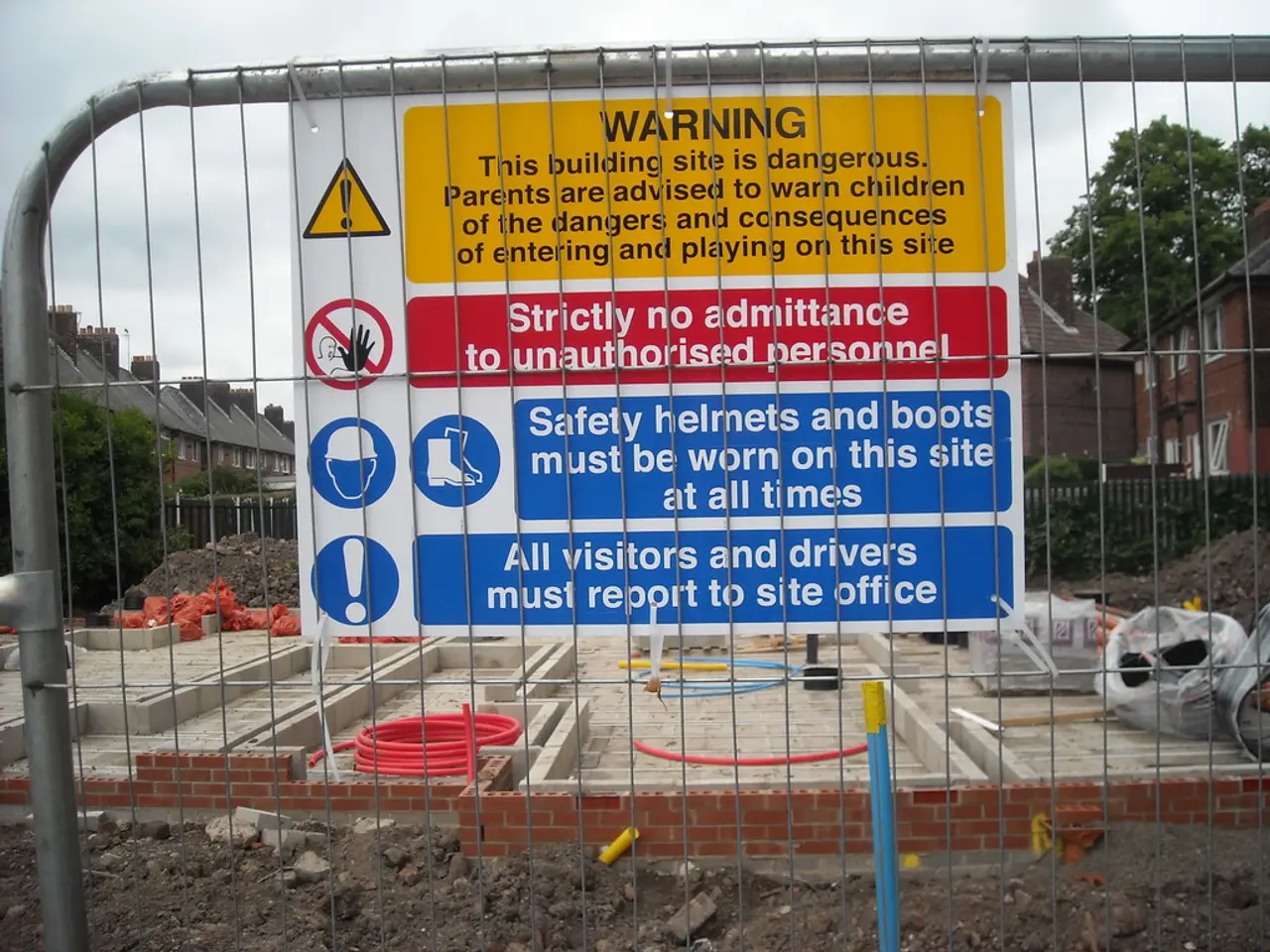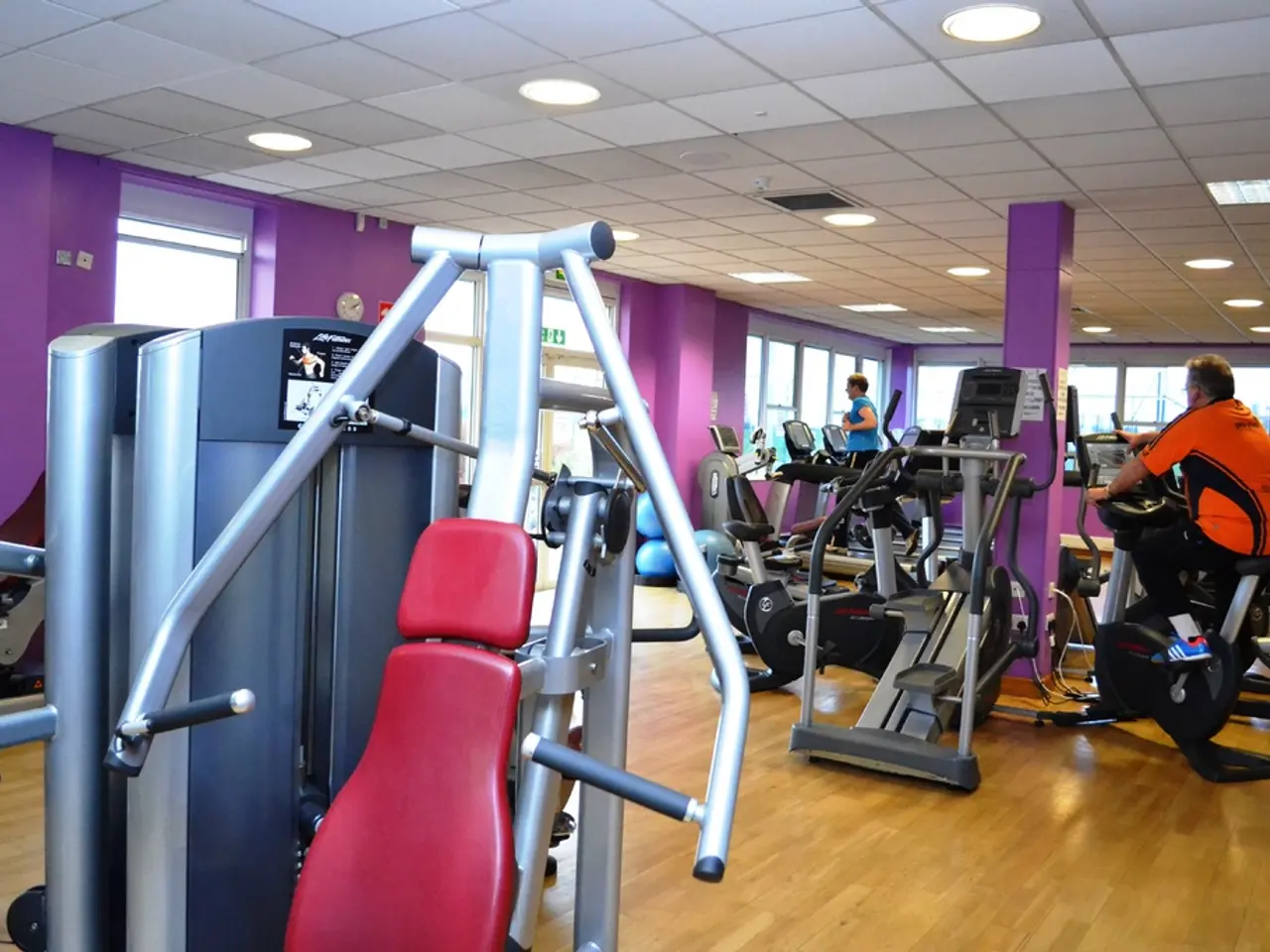Electrical Breaker Malfunctions: Key Causes and Solutions
In every household, electrical breakers play a crucial role in ensuring the safety and reliability of our electrical systems. However, these essential components can sometimes fail, leading to power outages and potential hazards. This article aims to shed light on the common causes of breaker failures, their signs, and practical solutions.
### Overloaded Circuits
One of the most common reasons for breaker failure is overloading. Plugging too many devices, especially high-wattage ones like heaters or hair dryers, into the same circuit can exceed its capacity. Signs of an overloaded circuit include the breaker tripping when multiple appliances are used together, and you might notice burn marks or overheating around outlets or breaker panels. To prevent overloading, distribute devices across multiple circuits, avoid using too many high-power appliances simultaneously, and if necessary, upgrade your electrical system or add circuits.
### Short Circuits
Short circuits occur when a "hot" wire touches a neutral wire or conductive surface, often due to damaged wiring, rodents chewing wires, water exposure, or loose electrical connections. Signs of a short circuit include the breaker tripping immediately when turned on, flickering lights, burning smells, buzzing outlets, or visible burn marks. Do not reset repeatedly; inspect wiring, replace damaged components, keep wiring away from moisture, protect cables from pests, and call a licensed electrician to repair wiring faults.
### Ground Fault Surges
Ground faults occur when current leaks to ground due to damaged insulation or moisture, causing unintended current flow. This issue is particularly prevalent near water or damp areas. Signs of a ground fault include the breaker tripping during use, especially when using devices near water or damp areas. To prevent ground faults, use Ground Fault Circuit Interrupters (GFCIs) in wet areas, fix insulation or wiring damage, and keep electrical systems dry.
### Aging or Damaged Circuit Breaker
Breakers wear out over time due to mechanical fatigue, heat, humidity, dust, and frequent cycling. Signs of an aging or damaged breaker include the breaker tripping frequently without apparent cause, or won’t reset properly. Sometimes the breaker feels hot or looks corroded. To address this issue, replace old or faulty breakers. Regular maintenance and environmental control (avoiding moisture and excessive heat) can prolong breaker lifespan.
### Environmental Factors
High ambient temperature, humidity, dust, and electrical surges degrade breaker and wiring components. Signs of environmental damage include frequent breaker trips, corrosion, mechanical sticking, or reduced breaker responsiveness. To mitigate environmental damage, improve ventilation, keep the panel dry and clean, use surge protectors, and conduct regular electrical inspections.
By understanding these causes and their signs, homeowners and electricians can diagnose breaker failures promptly, ensuring safe and reliable electrical operation. Regular inspections, proper use of appliances, and prompt response to signs of breaker failure are essential for maintaining a functional and safe electrical system. If you encounter persistent tripping, burning smells, or visible damage to the breaker panel, do not hesitate to call a professional immediately.
[1] Electrical Safety Foundation International. (2021). Common Causes of Electrical Fires. Retrieved from https://www.esfi.org/common-causes-of-electrical-fires [2] U.S. Consumer Product Safety Commission. (2021). Electrical Wiring and Outlets. Retrieved from https://www.cpsc.gov/Safety-Education/Safety-Education-Centers/electrical/electrical-wiring-and-outlets [3] National Electrical Code (NEC). (2020). Overcurrent Protection. Retrieved from https://www.nfpa.org/codes-and-standards/all-codes-and-standards/list-of-codes-and-standards?term=overcurrent%20protection [4] Electrical Safety Foundation International. (2021). Circuit Breaker Basics. Retrieved from https://www.esfi.org/circuit-breaker-basics [5] U.S. Department of Energy. (2021). Maintaining Your Electrical System. Retrieved from https://www.energy.gov/energysaver/maintaining-your-electrical-system
Science and health-and-wellness-oriented homeowners can utilize the knowledge of common electrical breaker issues to maintain their homes' electrical safety. For instance, recognizing signs of overloaded circuits, such as breaker tripping or burning marks, and taking preventive measures like distributing devices across multiple circuits, can help avoid power outages and electrical hazards. Similarly, understanding the implications of short circuits, ground fault surges, aging or damaged circuit breakers, and environmental factors, and taking appropriate actions to address these issues, plays a crucial role in ensuring the overall fitness-and-exercise of the home's electrical system. practicing regular inspections, proper appliance usage, and prompt action when encountering abnormalities can help homeowners achieve an electrical system that operates safely and reliably.




